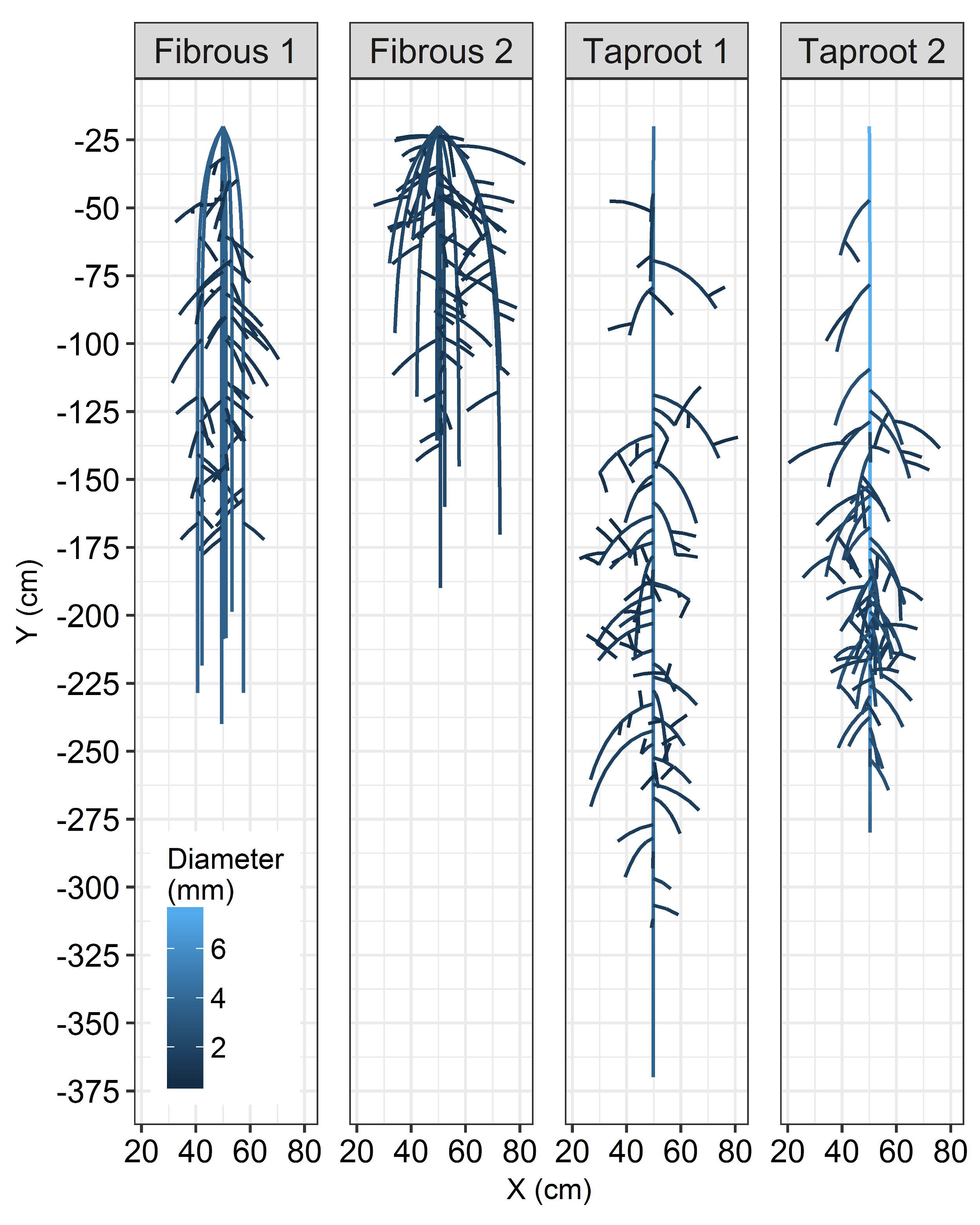What is archiDART?
archiDART is an R package that was developed for the automated analysis of plant root system architectures using Data Analysis of Root Tracings (DART) and Root System Markup Language (RSML) files.
This R package is the result of an international collaboration between the Ecosystem Functioning and Services lab of the Leuphana University Lüneburg (Germany), the Earth and Life Institute of the Catholic University of Louvain-la-Neuve (Belgium), the Forschungszentrum Jülich GmbH (IBG-3, Germany), the Plant Biology Unit of Gembloux Agro-Bio Tech (University of Liège, Belgium), the French National Institute for Agricultural Research (Centre PACA UR 1115 PSH, France), and the Donald Danforth Plant Science Center (USA).





